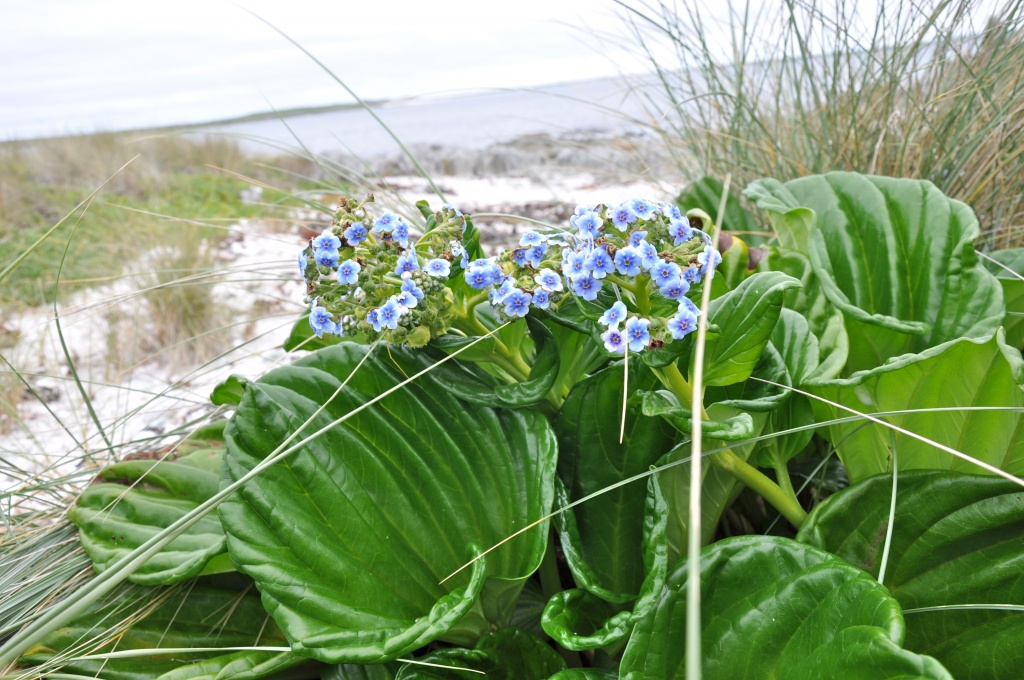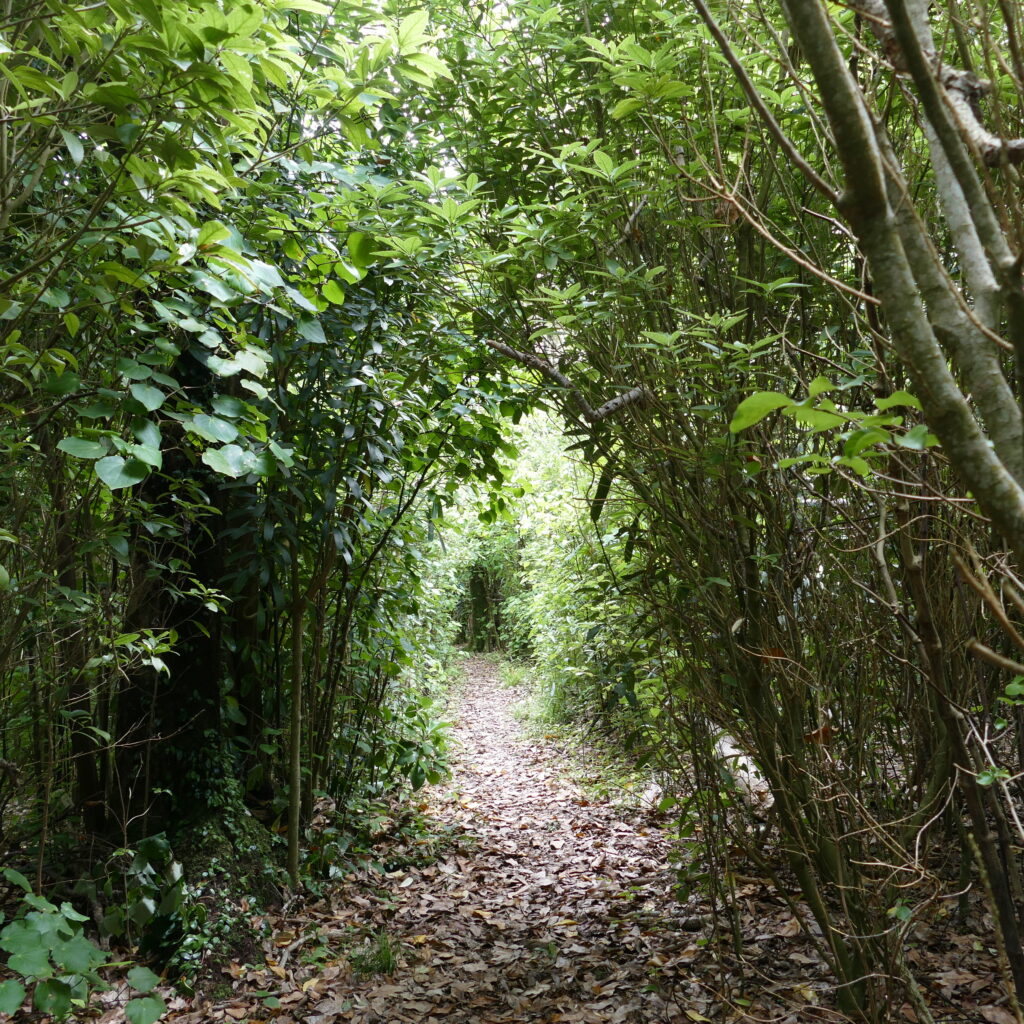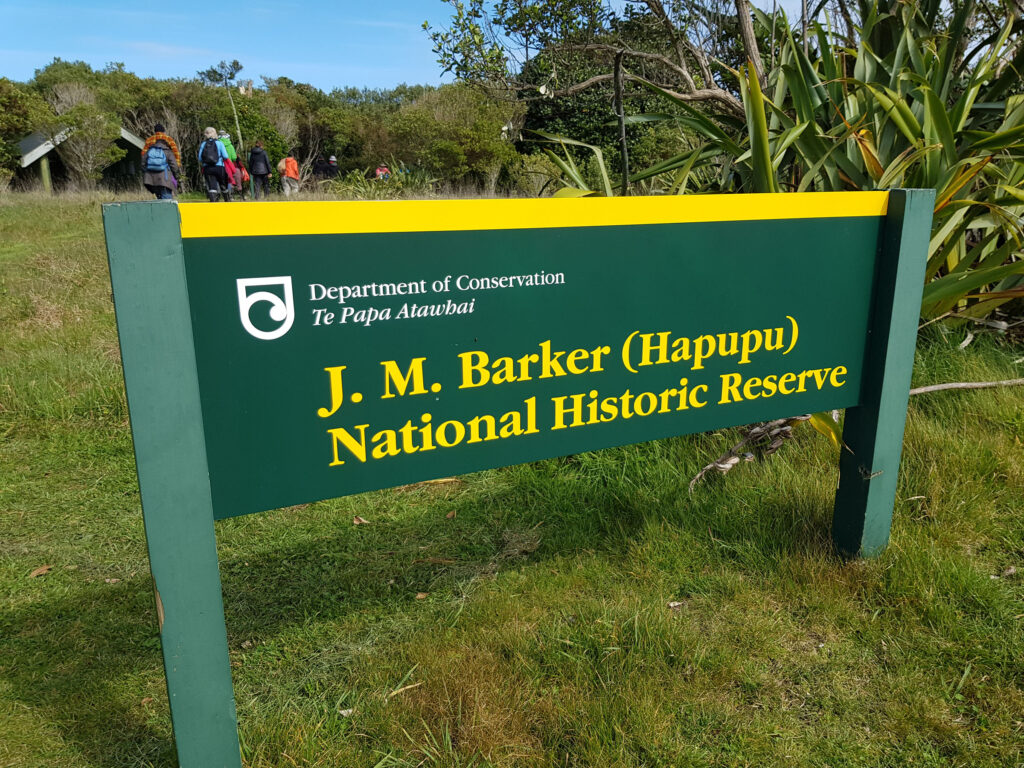Stunning Walking Tracks Great Scenery

There are publicly accessible nature walks all over these beautiful islands and the Department of Conservation maintains these to a very high standard and locals make good use of them.
Being on an island means that many of the tracks are coastal, with endless expanses of sandy beaches or mystical limestone outcrops to meander through. Some of these inland tracks pass through hidden gems of lush, regenerating, endemic Chatham Island forest, complete with the birdsong from the myriad of species that thrive here.
All of the public walks walks are easy going, and require only a minimum of fitness. Good walking shoes are advised, and because it is the Chatham Islands, take a coat, just in case. The scenery can range from spectacular to simply stunning, so take your camera as well.
Public Walks
Tikitiki Hill Conservation Area
10 min (return) EASY.
A quick jaunt on Tikitiki Hill with great views over Petre Bay, towards the Red Bluffs. You can also look down over Waitangi township, with a bird’s-eye view of the Waitangi Wharf.
This clearly signposted walk is suitable for all ages and abilities. On a nice day the lookout area is an ideal spot for a picnic – but be careful when the wind is up as the lookout and track are very exposed.
Henga Scenic Reserve

The road to the lookout (return) is 1 hour 30 min; the full return walk is 2 hours 30 min. INTERMEDIATE
This 170-hectare reserve features a range of environments: coastal forest, a huge area of sand-dunes, remarkable regenerated vegetation, limestone outcrops and dramatic views over Petre Bay. Before European arrived the dunes were covered in a mosaic of herbfields, mingimingi shrublands, and mixed akeake forest, which are now in recovery. The dunes inland were almost entirely covered in kōpī, matipo and akeake coastal forest.
An area previously occupied by the Moriori taking shelter from the forest and and using the ocean for food.
Nikau Bush Conservation Area
1 Hour loop. EASY
19 hectares of lowland broadleaf forest, once common throughout the islands. On the north-western shore of Te Whanga Lagoon, this this is the largest stand of nīkau remaining on main Chatham Island and when in flower is spectacular between December and January. The area was fenced in 1981 to exclude stock leading to rapid bush regeneration.
Ocean Mail Scenic Reserve
Ocean Mail landscapes are a mixture of sandy beaches, rocky outcrops, dunes, akeake forests and peat wetlands.
The akeake reforestation project begins just below the picnic area, from where you can easily access the beach. While you’re there look at the dune restoration work, where native pīngao is being planted to replace the introduced marram grass. There are a few walks to choose from:
Wetland Walk
15 min loop
Take in the views of the peat lakes and wetland areas and get a close look at endemic plants such as the Chatham Island speargrass and bamboo rush.
Aster Walk
20 min (return). EASY
Walk along ancient sand dunes reaching into the vast wetland. The Chatham Island swamp aster with its beautiful purple flowers can be enjoyed from November to March. There is a picnic table for a rest and a snack at the far end of this walk.
Lake walk
2 hours 30 min – 8 km loop track
This continues on from the Aster walk and continues through the wetland along the shore of Lake Rangitai, and back to the road. Wear sturdy footwear and in winter parts may be inundated by water.
JM Barker (Hāpūpū) National Historic Reserve
This reserve is one of only two national historic reserves in New Zealand.

The forest’s health has declined in recent times and is accelerating so access is currently limited to try and increase the lifespan of the remaining carvings. Please ask your host for details or contact DOC, by phone, email chathamislands@doc.govt.nz or at www.doc.govt.nz
Hāpūpū is culturally and historically significant because of the Moriori carvings – rākau momori – on the kōpī (karaka) trees, and because of the Moriori archaeological landscape they sit within.
Point Munning Conservation Covenant
15 minutes one way
A 47 hectare, conservation covenant owned by the Muirson family
A unique example of protected forest and shrubs over schist rocks. The track opens out onto strange, pock-marked peatland and then on to the seal colony. Take care to give these animals plenty of space.
Thomas Mohi Tuuta (Rangaika)
The full walk is approximately 8 hours.
Peatland forest once covered most of the Southern Chatham Island – and this reserve is a great example of that legacy. Tarahinau forest dominates these regions where the gentle landscape favours peat formation. In contrast, tough native herbs, flax and mixed broadleaf forest or shrub cover the steep, thin-soiled coastal banks. These species have adapted to the full force of salt-laden winds.
Ellen Elizabeth Preece Conservation Covenant (Caravan Bush), Pitt Island
Two short loop tracks
Gain access by joining a guided tour with Flower Pot Lodge.
Both tracks stay inside the 53-hectare Caravan Bush area, which is surrounded by a predator-proof fence. Native birds like tomtits and tūī are abundant.
There are also several walks that involve access across private land. Talk to your accommodation provider about these.
